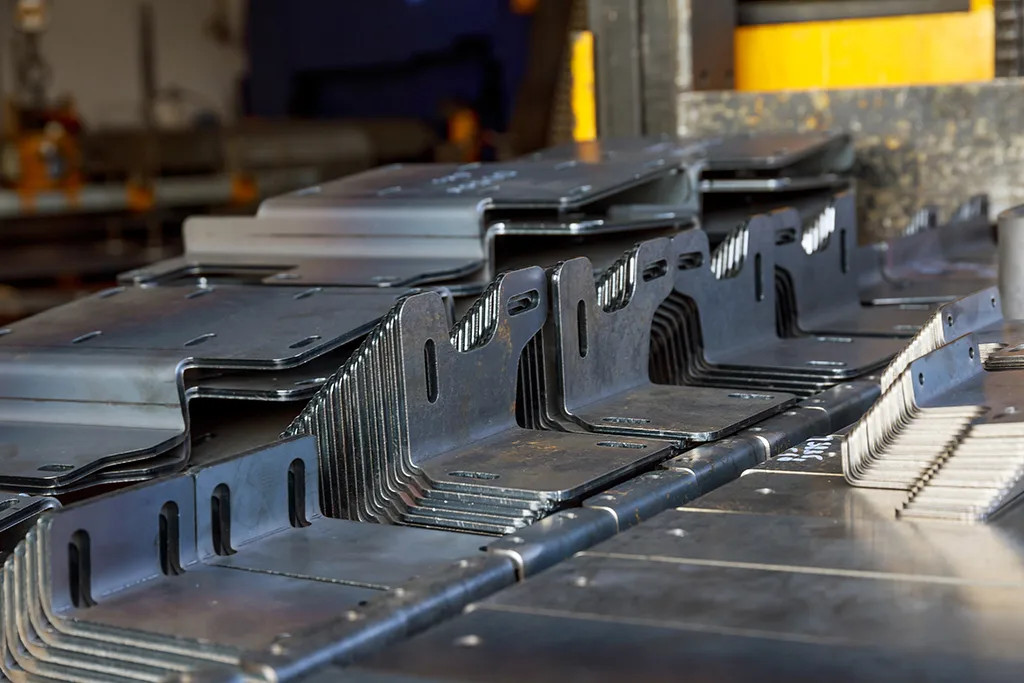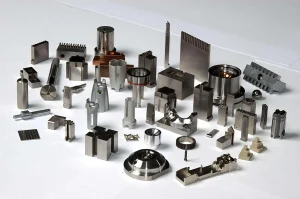Injection molding is a widely used manufacturing process for producing plastic parts. From everyday household items to intricate automotive components, this process ensures both precision and efficiency. To better understand injection molding, it’s helpful to break down its five key steps.

1. Clamping: Preparing the Mold
The injection molding process begins with clamping. At this stage, the machine’s clamping unit tightly closes the mold to eliminate any gaps during injection. The machine applies significant force, typically between 5 and 6 tons per square inch, to keep the mold securely in place.
Most molds are made from durable metals such as steel or aluminum. By clamping the mold, manufacturers ensure that the molten plastic remains within the mold cavity, preventing any leaks that could compromise the part’s quality.
With the mold securely clamped, the process can move forward to the injection phase.
2. Injection: Filling the Mold
Next, the injection phase begins. During this step, plastic material is fed into a heated barrel, where it melts into a liquid state. The molten plastic is then injected into the mold cavity under high pressure through a nozzle.
It’s crucial to maintain the right pressure during this phase. Too much pressure can cause defects, while too little may result in an incomplete fill. By balancing the pressure, manufacturers can ensure that the mold cavity is filled correctly, producing a high-quality part.
Once the cavity is filled, the process transitions to the cooling stage.
3. Cooling: Solidifying the Plastic
After the molten plastic fills the mold, it begins to cool and solidify. The cooling step plays a vital role, as it allows the plastic to harden and take the shape of the mold. As the plastic cools, it contracts slightly, which can lead to minor shrinkage. Mold designers account for this by adjusting the mold size to ensure the final part remains accurate.
The cooling time varies depending on the material and part complexity. It can range from a few seconds to several minutes. During this time, effective cooling ensures that the part will retain its intended shape without warping or deforming.
As the plastic solidifies, the mold becomes ready for the next phase—ejection.
4. Ejection: Removing the Part
Once the plastic has cooled and solidified, the mold opens, allowing the part to be ejected. Ejector pins push the part out of the mold cavity. Manufacturers must handle this step with care to avoid damaging the newly formed part.
To ease ejection, a release agent is sometimes applied to the mold’s surface, which helps prevent the part from sticking. The ejection process is quick and efficient, preparing the mold for the next production cycle.
After ejection, the part undergoes an inspection to ensure it meets quality standards.
5. Post-Processing: Finalizing the Product
In some cases, the molded part may need post-processing. This step involves trimming off excess material, known as flash, and smoothing any rough edges. Depending on the part’s requirements, post-processing might also include painting, labeling, or other finishing touches.
By performing post-processing, manufacturers can ensure that the final product meets all functional and aesthetic standards. This final step prepares the part for use or further assembly.
Conclusion
Injection molding offers an efficient and precise way to produce plastic parts. By following these five steps—clamping, injection, cooling, ejection, and post-processing—manufacturers can consistently produce high-quality parts. Each phase plays a crucial role in ensuring the success of the final product.
Understanding these key steps will help businesses optimize their injection molding processes, leading to faster production cycles and better results.






